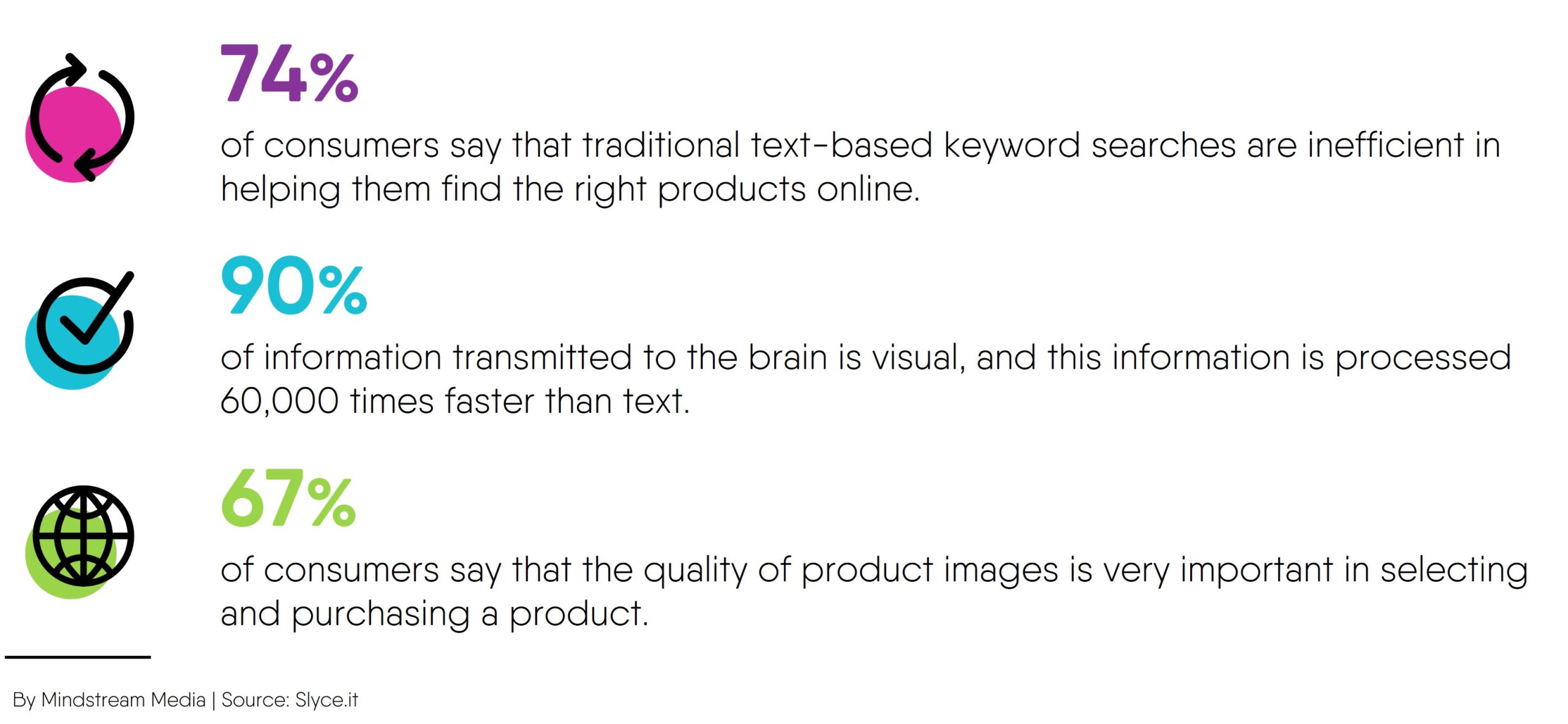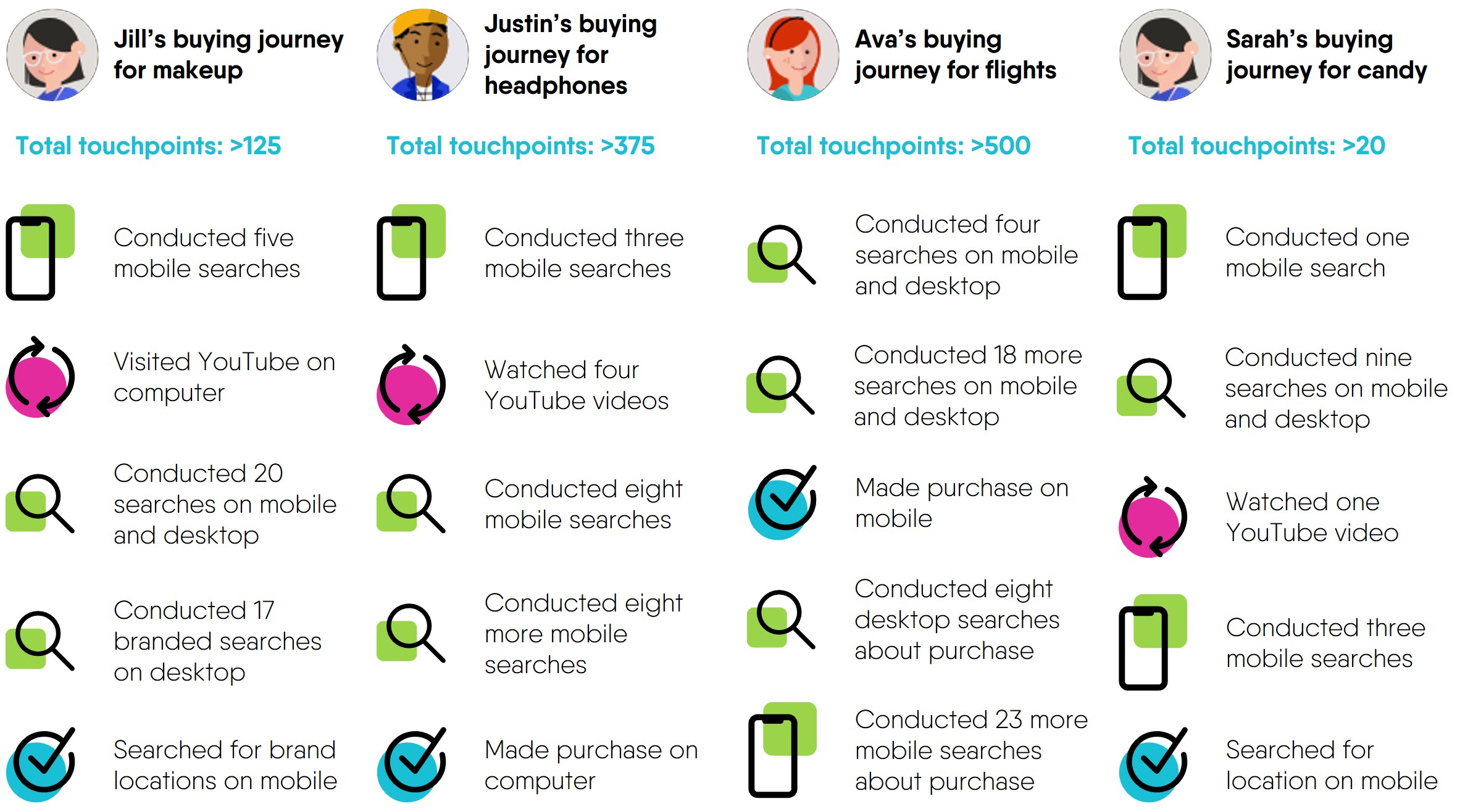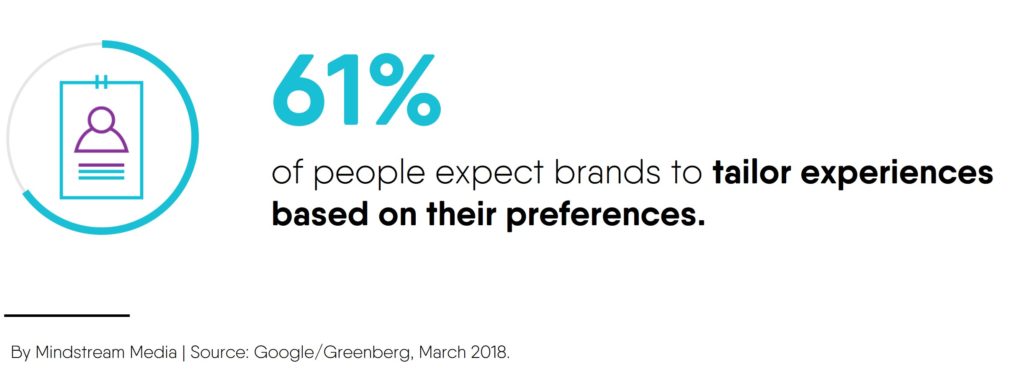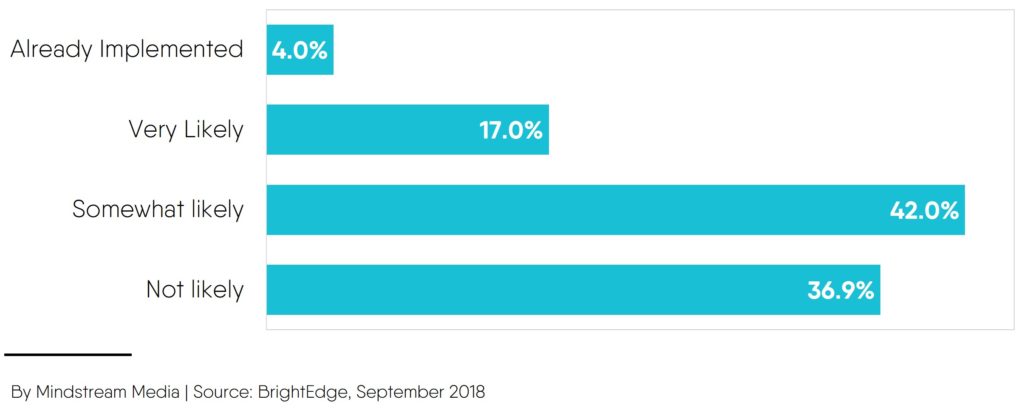Promoting content pieces like blogs, whitepapers and infographics with multiple social media posts is a popular arrow in many a marketers’ quiver. But does repromoting the same piece of content really provide value and increase social media engagement? Recently, we set out to answer that very question (spoiler alert: it works).
Introduction
Recently, one of our clients asked me why I was creating posts for blog articles that we had published weeks before and already promoted across their social media profiles. My initial thought was that repurposing content is a fairly accepted best practice to increase social media engagement and drive incremental traffic to older blog posts (as well as an easy way to fuel a social media pipeline without having to create content from scratch).
Thankfully, I caught myself before I even started composing that woefully inadequate response. I quickly snapped out of auto-pilot and realized my initial thought was antithetical to how we as marketers are trained to think. We don’t take even the most established best practices at face value, we dive in and develop strategies based on data and our own informed instincts.
Since Mindstream Media Group manages social media content and strategy for several brands so I had more than enough data to work with. I pulled up performance data for another client that we’ve been consistently repromoting blog and whitepaper content for since the beginning of our campaign.
A little background on the client
Before diving into the results, here’s a quick primer on the client whose data we analyzed. They are, simply put, a social media manager’s dream. The brand publishes dozens of content pieces a month – including blogs, whitepapers and case studies – more than enough to keep our social media calendar stocked with multiple posts per day.
Mindstream Media Group works with the brand to develop and manage social media posts that promote these various content pieces. Our social media strategy focuses heavily on LinkedIn and Twitter to reach B2B audiences in the finance and investment industry.
Social media engagement strategy
Given the declining rates of organic brand posts across social media platforms, we promote a lot of the brand’s content pieces multiple times (usually three to five times) on LinkedIn and Twitter. We typically publish the first social post the day the content is published with subsequent posts going out in roughly one-week intervals over the next few weeks.
For the subsequent posts, we change around several variables including post copy, images, time of day and day of the week. Our goal is to reach new audiences that either didn’t see the original post or didn’t find it appealing as they scrolled through their feed.
The results of our repromotion strategy
To find out how well the strategy was working, I gathered performance data from social media posts promoting five different pieces of blog content and three whitepapers. Each piece of content was promoted three times on both LinkedIn and Twitter following the reposting strategy outlined above.
Based on my experience managing social media strategy and monitoring performance, I went in expecting that the data would support repromoting content. What I did not expect, however, was how much additional engagement we were seeing when we repromoted blogs and whitepapers.
LinkedIn Results
Compared to the first social post alone, promoting blog content a second and third time on LinkedIn led to a:
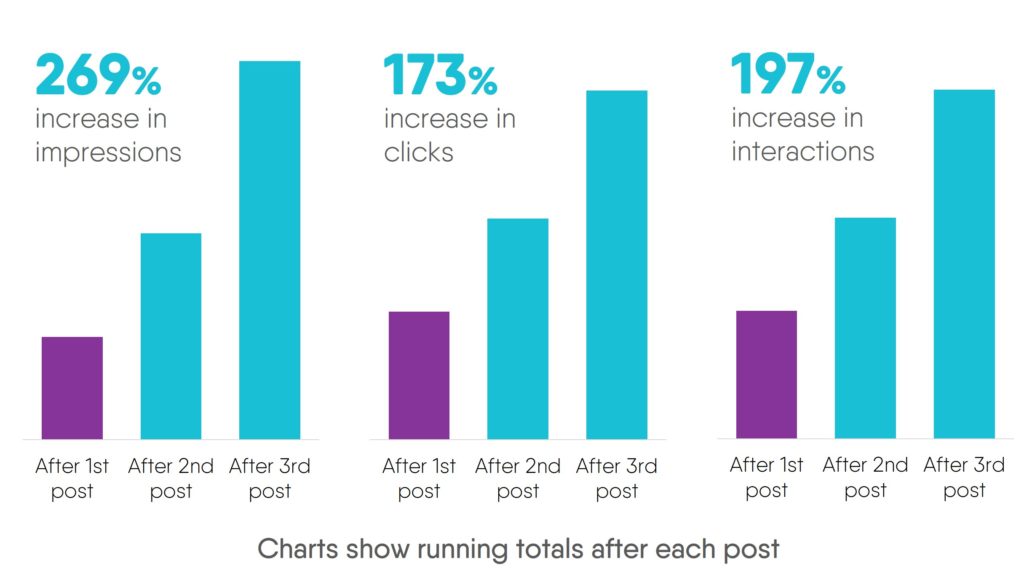
We found similar results when we looked at the posts for the whitepapers. Second and third posts promoting the whitepapers yielded a:
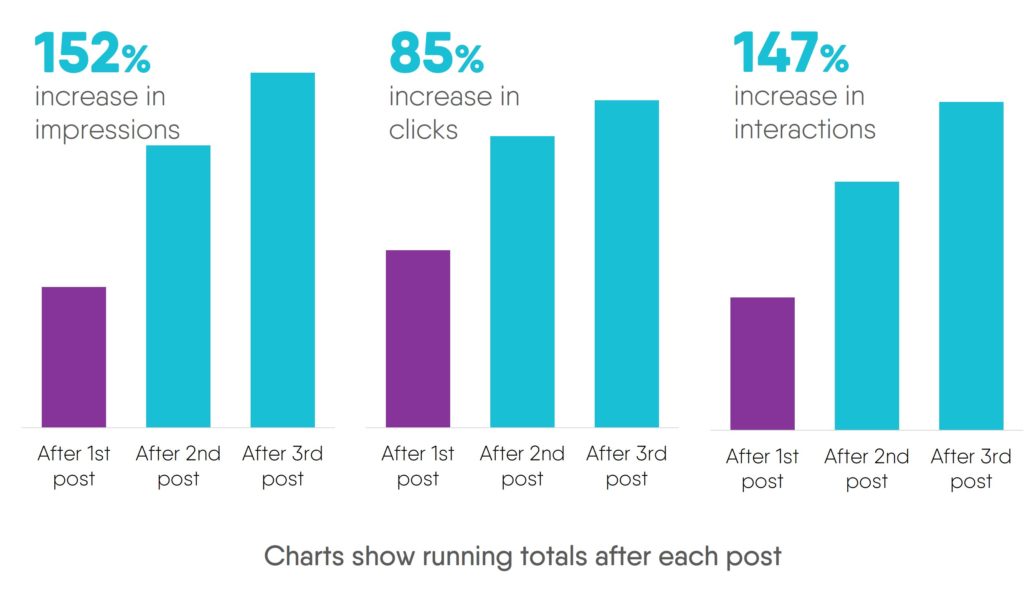
Other than delivering incremental social media engagement, the second and third posts more than held their own in terms of performance compared to the original posts. Here’s a look at the percentage of impressions, clicks and interactions from LinkedIn posts promoting both blogs and whitepapers.
LinkedIn social media engagement share by post
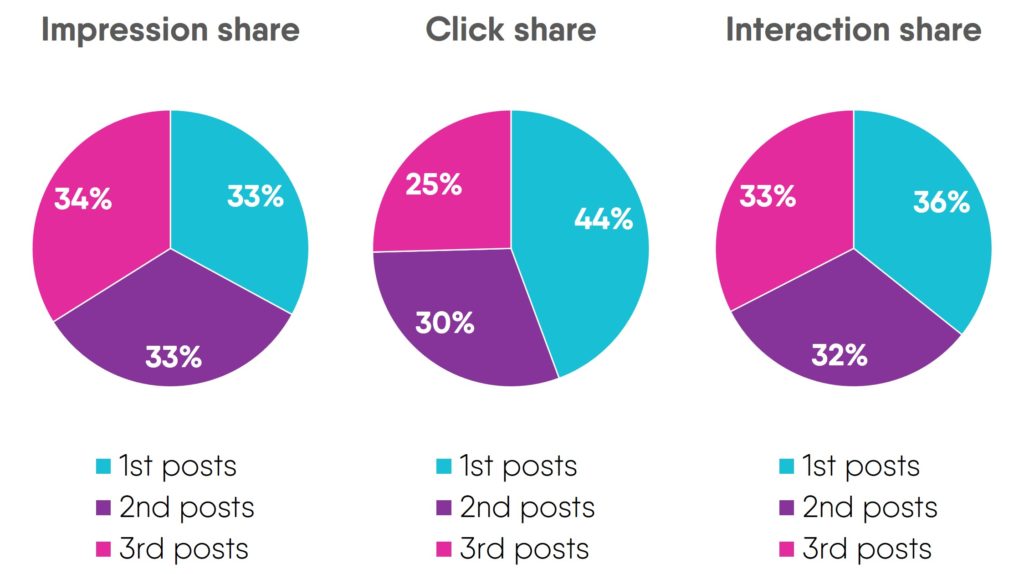
Twitter results:
The results from Twitter showed similar performance, proving the strategy can work on multiple social platforms. Tweets repromoting blog posts yielded a:
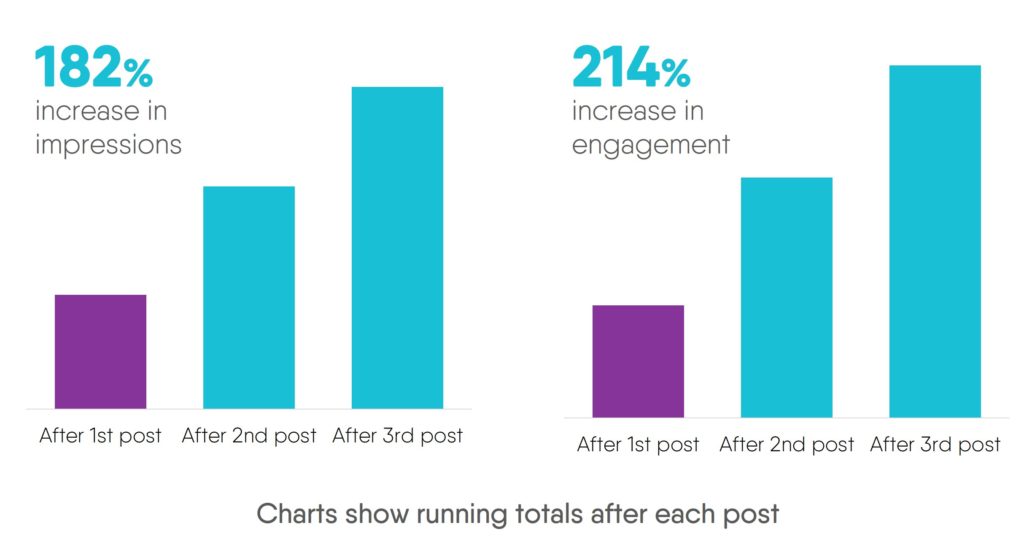
As we saw on LinkedIn, we found similar results for tweets promoting whitepapers. Re-promoting whitepaper content on Twitter delivered a:
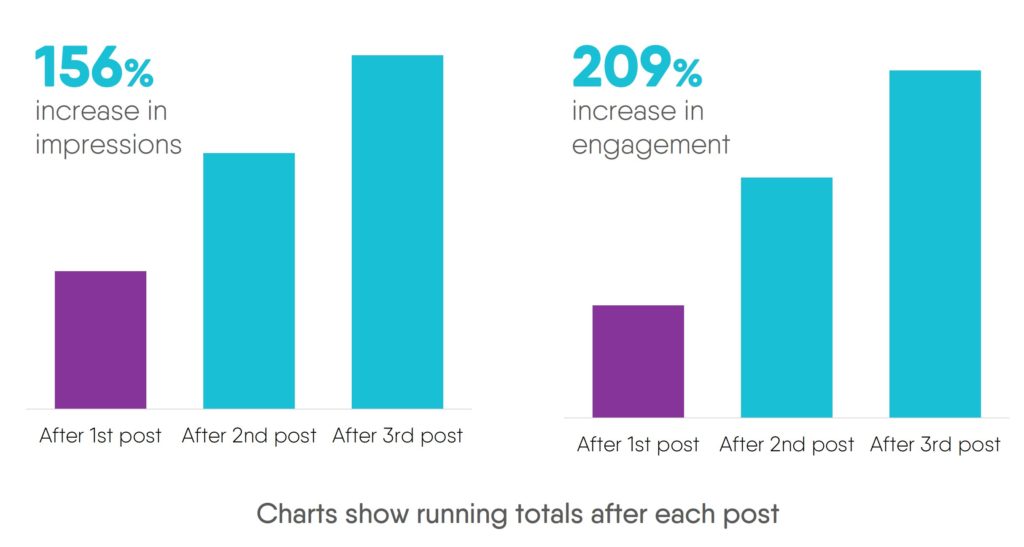
Twitter also showed comparable performance for subsequent posts compared to the originals. For posts promoting blog content and whitepapers, impression and engagement numbers for the second and third posts matched – and even surpassed – the original post’s performance.
Twitter social media engagement share by post
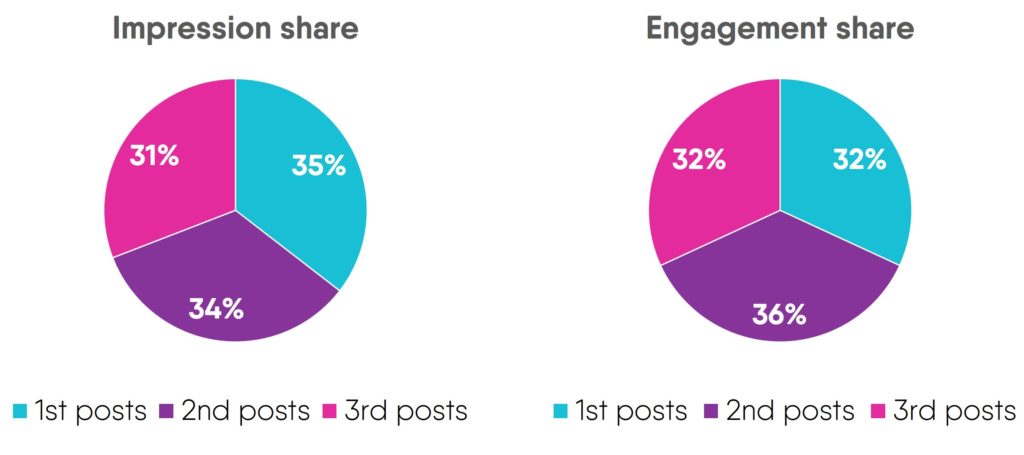
Overall Results
To give you a full picture of the impact repromoting previous content had on the brand’s social media engagement, here’s a look at the overall results:

![[Case Study]: How to Increase Social Media Engagement By Repromoting Content](https://mindstreammediagroup.com/wp-content/uploads/2019/01/How-to-Increase-Social-Media-Engagement-By-Re-promoting-Content-featured-image.jpg)

